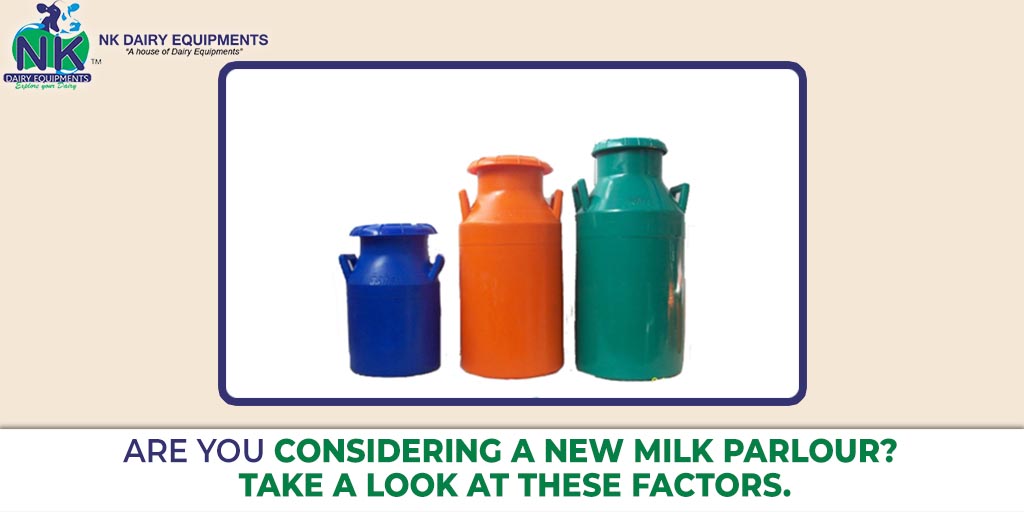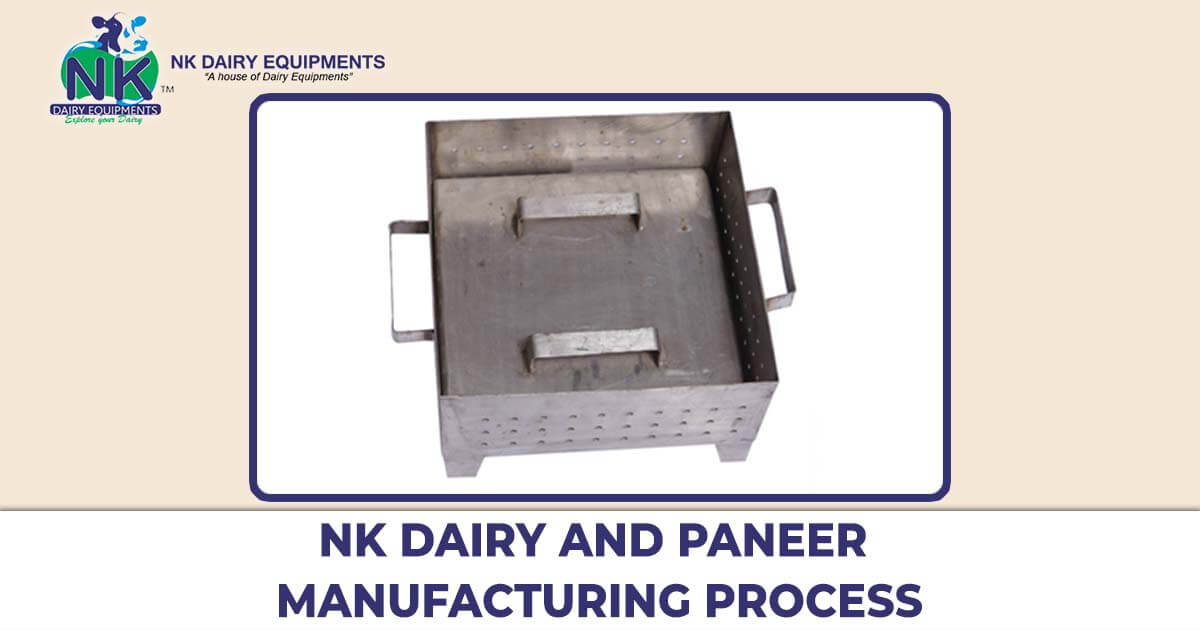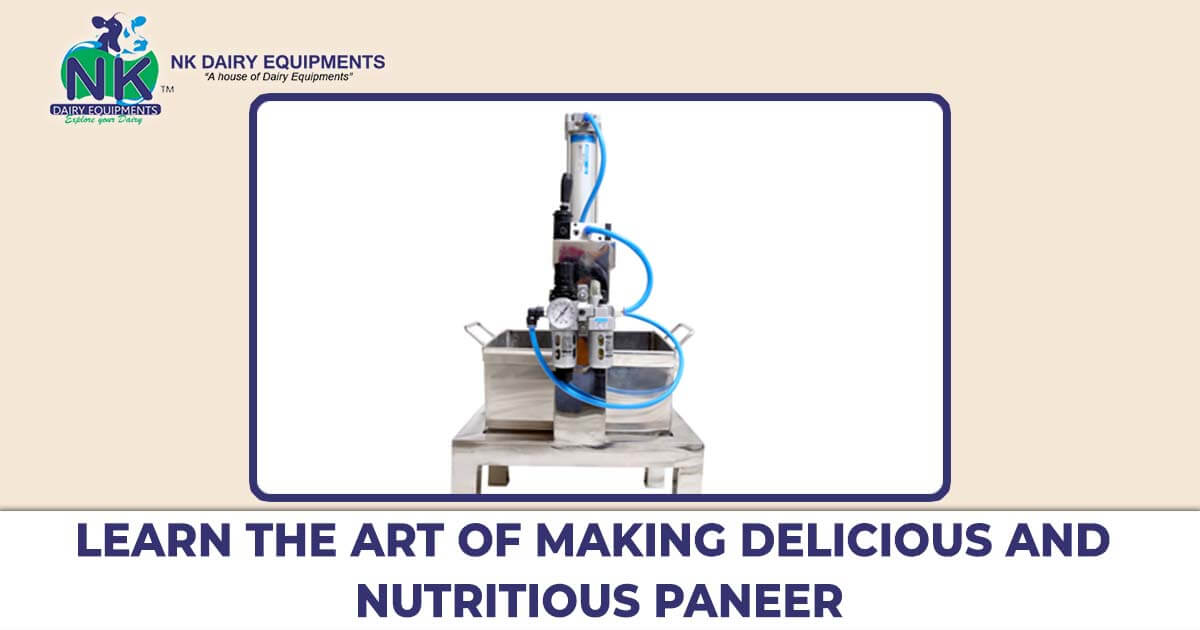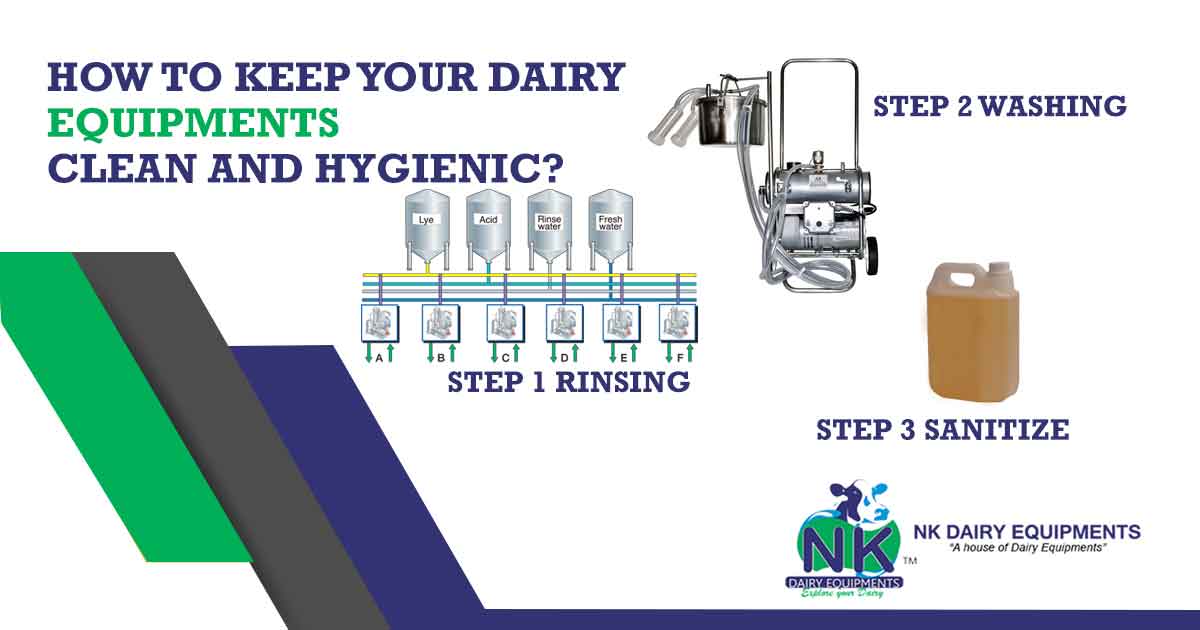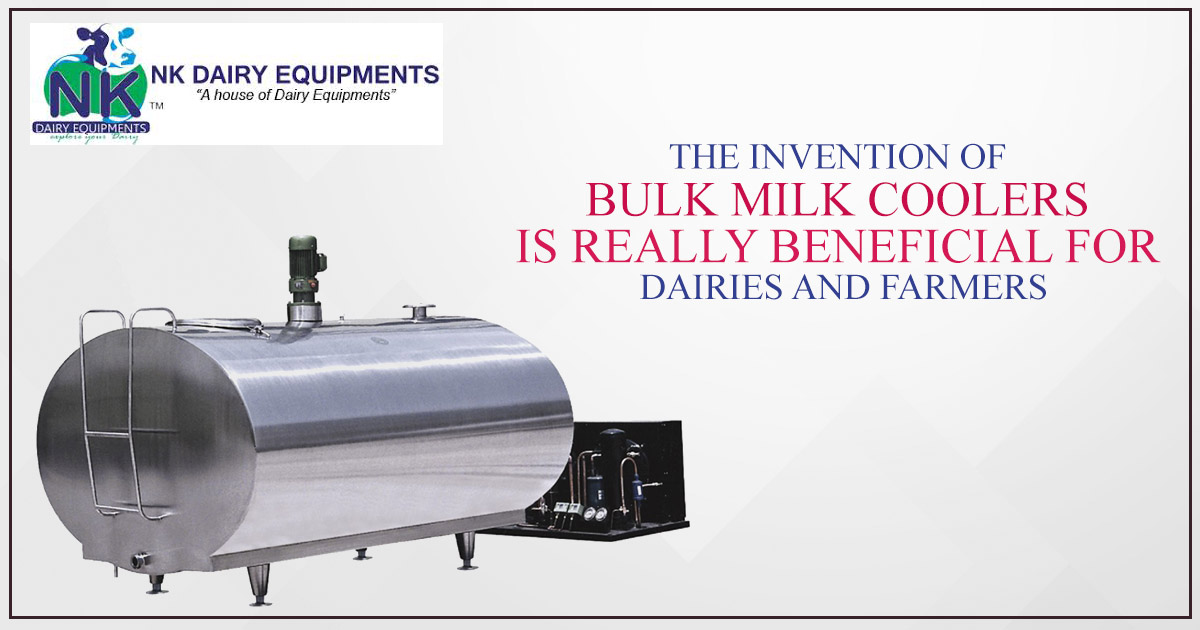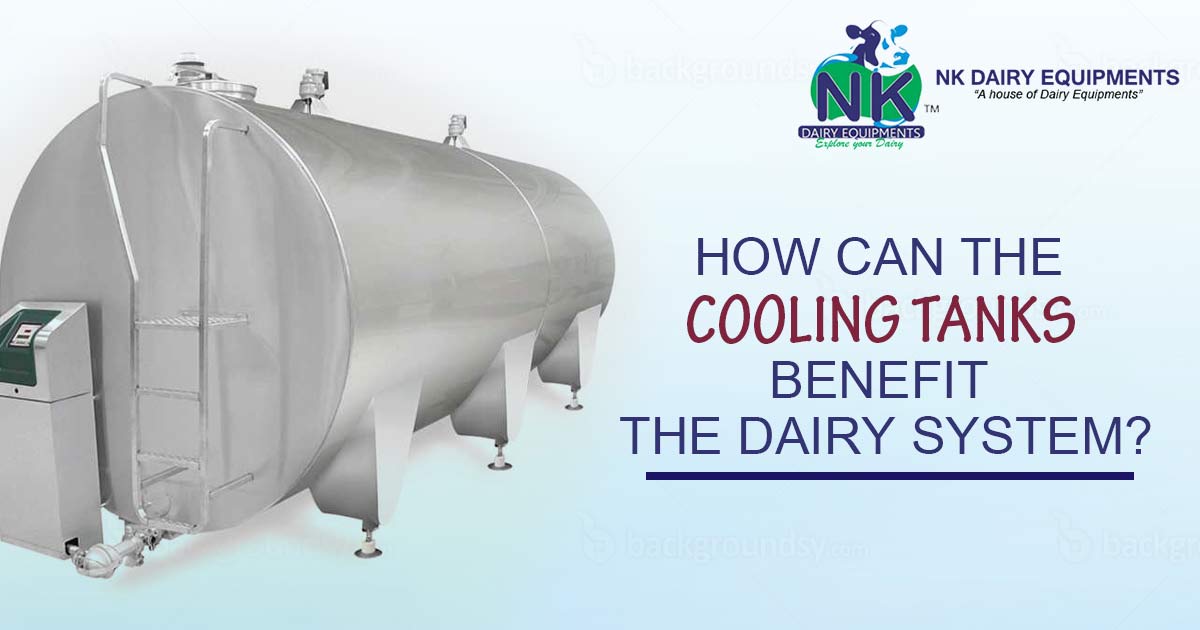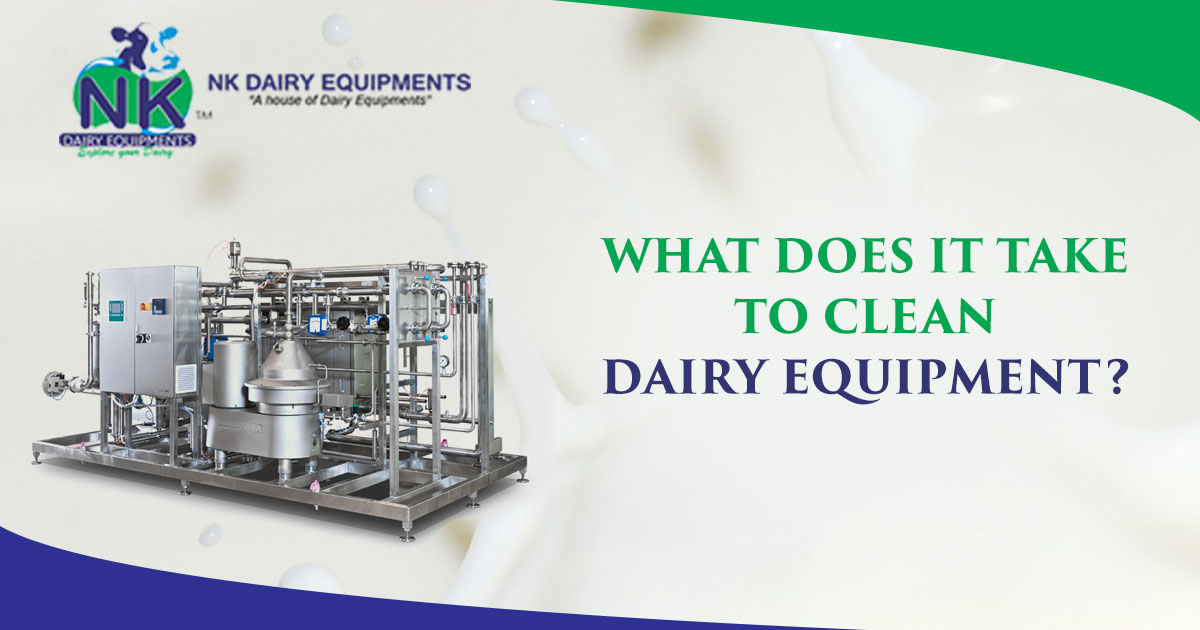With considerations to upgrade, enlarge, or make a few alterations in your milking parlour an evaluation is generally required to make the right decisions. With this, you will have to look at the number of cows or herd you have at the moment and in case you have future plans to add more, the changes to your milking parlour will also consider this. All in all, let’s take a look at the vital considerations before the job
-
The Desired operating system & Performance
Bigger operating systems with durable machines are available, thanks to technology advancements. Upgrading your milking parlour or milk plant is a fundamental step for introducing world-class milking machines or equipment. However, the milking machines should definitely facilitate a higher performance. Currently, there are machines that maximize milk out through the unique combination of the claw, liner and pulsation system to up to 5%.
-
The Number of Cows or Buffalos
The number of cows you are currently milking at your parlour and any addition to be made in the future must be considered before constructing a new milk parlour or upgrading the old one. Considering this, the workflow at your plant will remain efficient without hustling. For those with a large herd, there is a number of optional labour saving devices such as the Cow Motivator and Automatic Parking that make the animals leave the platform and for washing the plant respectively.
-
The Available Space
Just like any other venture, the amount of space available clearly influences your decision. Some of the options for improving your milk parlour may require you to obtain more units of space for the required milk pump, a large plate cooler, vacuum resource, and a new piping. In a case of limited space, you may also choose to install a milk line on each side of the milking parlour with a cluster for each cow space.
-
Animals and Operator Safety
Sorting cows is an obvious practice in milk parlours or farms, but, manual sorting commonly leads to serious injuries. With that, safety should be a major concern in the modern milk parlours to help sort the animals out without triggering a panic. An integrated AutoDrafting is an ideal cow sorting system with unequalled quality and performance. The route of each animal can be selected from the parlour pit with the help of a milk meter keypad or Swiftflo Commander touchpad. This is pre-programmed before on the parlour computer or using your phone.
NK Dairy Equipment, the best milking machine manufacturer in India provides a wide range of world-class milking equipment for all milk parlour sizes. Depending on your farm or milk parlour specifications, we are able to provide the right equipment that will improve your work efficiency and your parlour’s performance.



